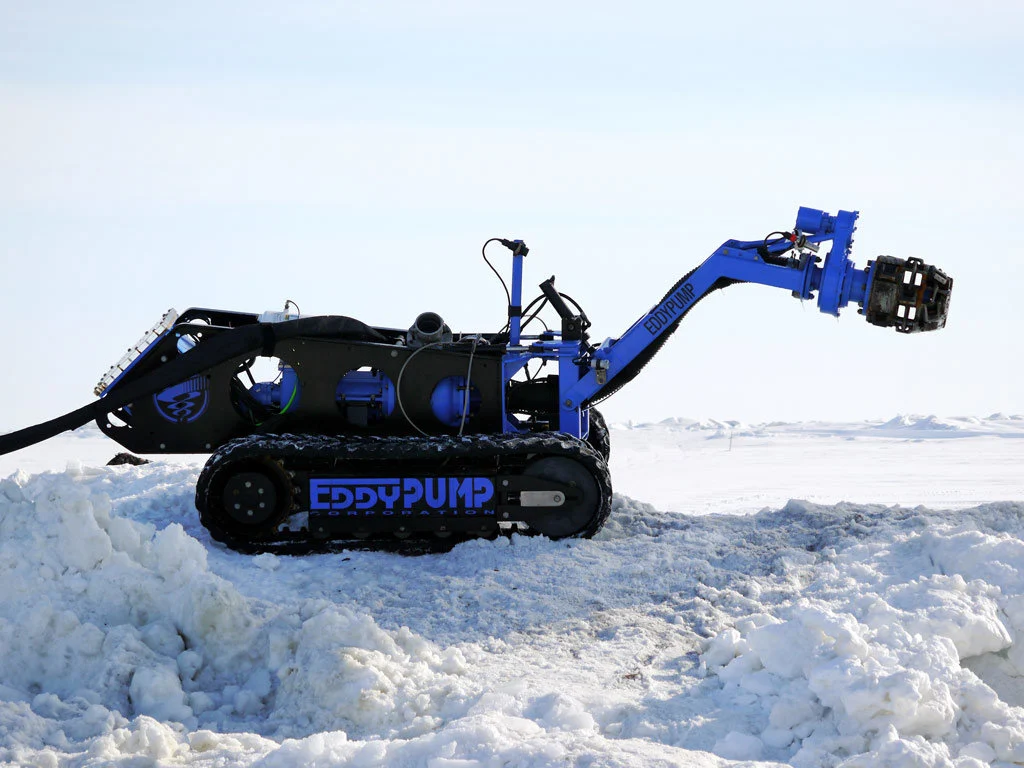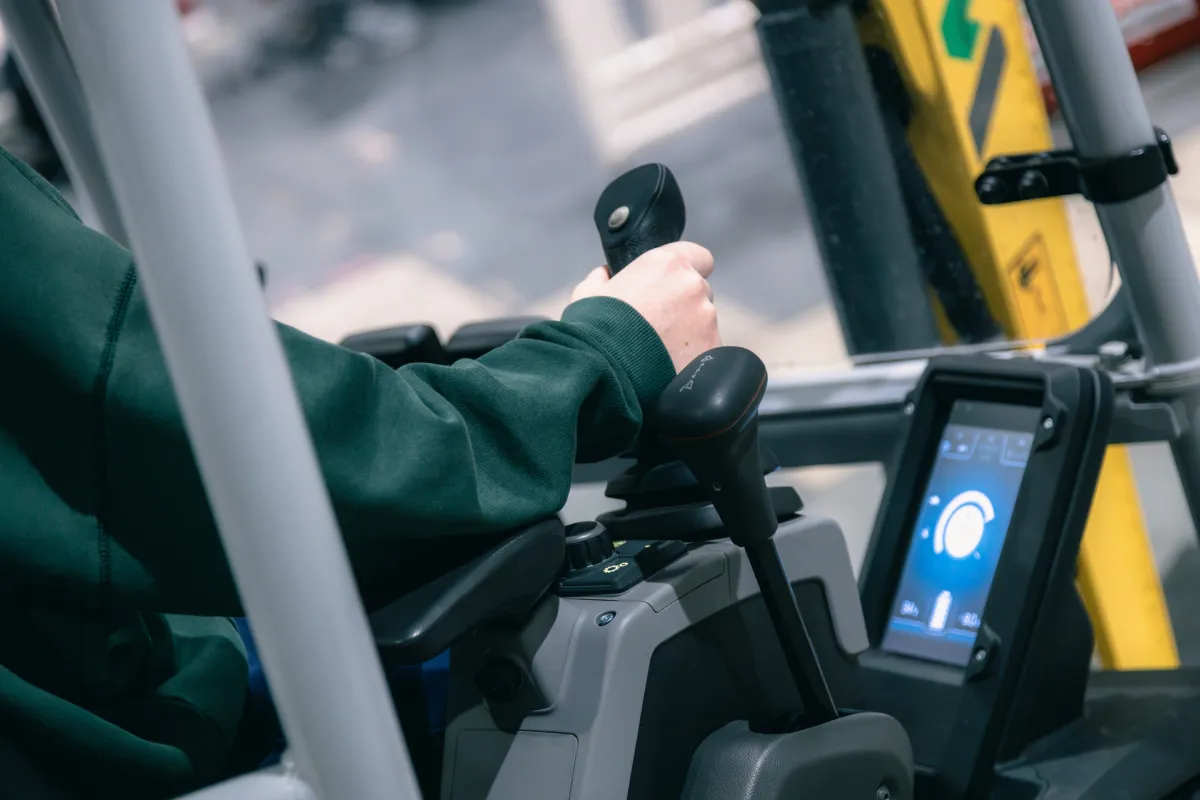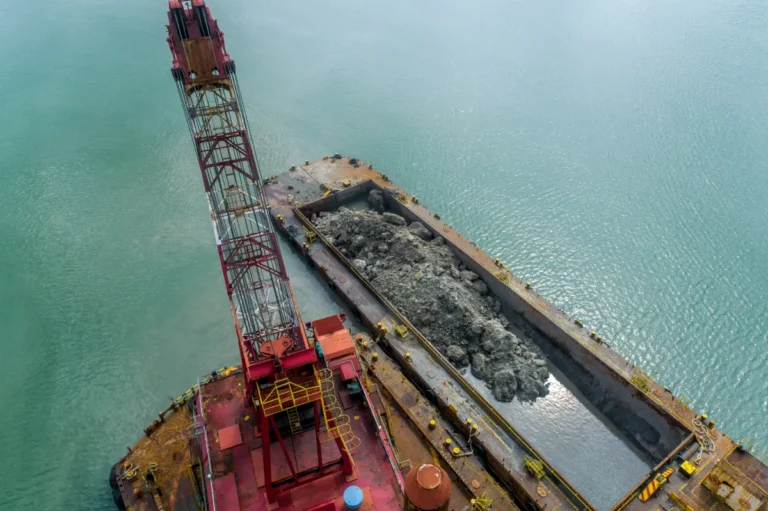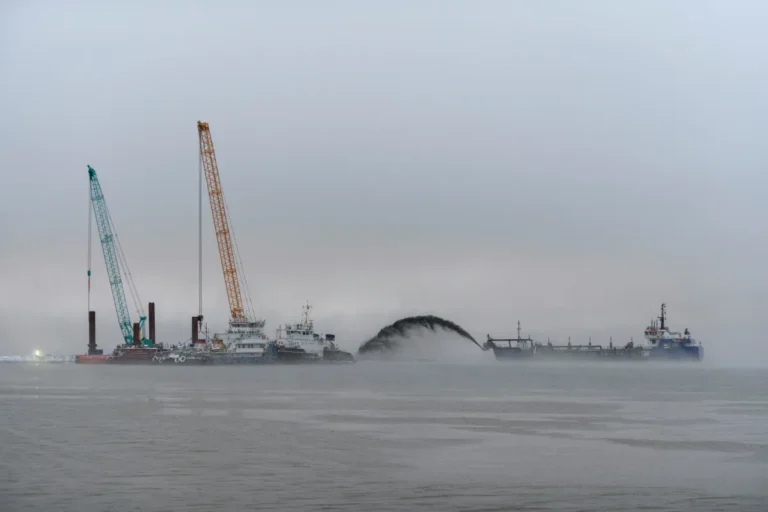Efficiency has become the defining benchmark for modern dredging and dewatering projects. As industries face tighter deadlines, stricter environmental regulations, and rising operational costs, service providers are moving beyond manual control to adopt smarter, automated solutions. Dredging and dewatering service operations that once relied heavily on operator judgment are now being transformed by integrated digital systems that enable real-time monitoring, predictive control, and performance optimization.
Traditional methods often struggle with inconsistent production rates, frequent equipment downtime, and inefficiencies caused by limited data visibility. Manual adjustments to pumps, discharge lines, or dewatering units can result in uneven output and increased fuel consumption. These challenges not only impact project timelines but also increase maintenance costs and environmental risk.
Automation and digital monitoring are changing that landscape. Smart sensors, connected controls, and AI-driven analytics enable teams to continuously monitor operations, detect issues early, and optimize performance on the fly. The result is a more predictable, efficient, and environmentally responsible process—one that ensures dredging and dewatering service providers can deliver consistent results while minimizing waste, energy use, and manual intervention.
The Shift from Manual Operations to Intelligent Systems
Automation in dredging and dewatering represents a shift from operator-dependent systems to intelligent, sensor-driven processes. In a typical dredging service, operators once relied on manual readings, visual cues, and experience to adjust flow, pressure, or pump operation. Today, automation enables these decisions to be made dynamically through sensors, controllers, and algorithm-based logic. This transition not only minimizes human error but also ensures continuous efficiency even under variable site conditions.
Smart control systems are now capable of automating critical functions such as pump start and stop sequences, pressure regulation, and real-time flow optimization. By integrating programmable logic controllers (PLCs) and sensor networks, dredging and dewatering equipment can automatically respond to changes in water level, slurry density, and discharge conditions. This results in steadier output, reduced energy consumption, and lower mechanical stress on equipment.
More importantly, automation transforms how data is collected and used. Instead of reactive adjustments, operators and project managers can make proactive, data-driven decisions based on live performance feedback. Trends in flow rates, sediment levels, and pump performance can be analyzed to anticipate issues before they disrupt operations. As digital control becomes increasingly embedded in dredging and dewatering service frameworks, the industry is moving toward predictive, self-regulating systems that redefine operational reliability and productivity.
Real-Time Monitoring: The Foundation of Smarter Project Control

Real-time monitoring has become a cornerstone of modern dredging and dewatering projects, transforming how performance and safety are managed on site. By integrating IoT sensors, operators can continuously track key operational metrics, including flow rate, slurry density, solids concentration, and equipment vibration. This live data enables instant visibility into system performance, allowing teams to detect deviations and inefficiencies before they escalate into costly issues.
Centralized monitoring dashboards consolidate data into a single, accessible interface. Project managers and technicians can remotely supervise multiple dredging or dewatering sites, analyze performance trends, and receive automated alerts for anomalies such as pressure drops or excessive vibration. This connectivity ensures faster decision-making and reduces the need for constant on-site manual checks.
The benefits extend across productivity, safety, and accountability. Real-time insights minimize reliance on the workforce, enabling smaller teams to manage larger, more complex operations with precision. Early warning systems help prevent breakdowns and unplanned downtime, while comprehensive data logging improves transparency for clients and regulatory reporting. As monitoring technology continues to evolve, dredging and dewatering service providers are moving toward a fully connected ecosystem—where every pump, pipeline, and sensor contributes to smarter, more efficient project control.
Automation in Dredging Service: Precision Meets Productivity
Automation in dredging service has redefined the balance between precision and productivity. GPS-guided dredge heads now allow operators to execute excavation plans with centimeter-level accuracy, ensuring that only the required material is removed while maintaining optimal dredge depth and slope. This level of precision not only reduces the risk of over-dredging but also cuts down on unnecessary fuel use and equipment wear.
Automated cutter control systems further streamline operations by adjusting cutting torque, rotation speed, and dredge head angle in response to real-time material resistance. This adaptive approach maintains consistent production rates, even when working through variable soil types or compact sediment layers. Integrated load tracking systems also monitor slurry density and discharge volume, enabling project teams to optimize throughput while maintaining environmental and operational compliance.
In parallel, hydraulic automation is helping dredging operations achieve new levels of energy efficiency. Automated hydraulic control systems regulate pump pressure and flow in response to changing load conditions, reducing energy waste and extending component lifespan. Together, these technologies allow dredging service providers to achieve higher output with lower fuel consumption, better accuracy, and fewer manual interventions, laying the foundation for fully intelligent dredging operations.
Automation in Dewatering Service: Data-Led Efficiency

Automation in dewatering service is driving a new era of data-led efficiency across construction, mining, and environmental remediation projects. Modern dewatering systems use automated pumps equipped with level sensors and programmable controllers to maintain consistent water levels without manual intervention. These smart pumps adjust operation based on site conditions, preventing overflow, dry runs, and energy waste—all while ensuring steady discharge performance.
Real-time monitoring adds another layer of precision by tracking parameters such as turbidity, discharge quality, and solids capture efficiency. Operators can instantly detect when water clarity drops or when filter systems need adjustment, allowing for immediate corrective action. This level of control not only enhances compliance with environmental standards but also improves the overall performance of the dewatering service.
Automation also enables predictive maintenance and fault detection systems that analyze vibration patterns, motor temperature, and pump pressure trends to anticipate failures before they occur. As a result, downtime is minimized, maintenance schedules become more accurate, and equipment lifespan increases. By integrating data analytics, smart sensors, and automated control, dewatering service providers can achieve higher reliability, lower operating costs, and more sustainable water management—creating a foundation for continuous improvement across future projects.
The Role of AI and Predictive Analytics
Artificial intelligence and predictive analytics are rapidly becoming integral to advanced dredging and dewatering operations. By analyzing vast amounts of field data, AI-driven models can forecast variables such as sediment load, equipment wear, and optimal maintenance intervals. These insights help operators plan maintenance proactively rather than reactively, reducing unplanned downtime and extending the service life of critical components like pumps, impellers, and hydraulic systems.
Machine learning algorithms play a key role in optimizing pump performance under fluctuating material conditions. By continuously learning from real-time data—such as slurry density, particle size distribution, and flow velocity—AI systems automatically adjust operating parameters to maintain consistent throughput and efficiency. This adaptability ensures stable performance even in unpredictable dredging environments where sediment composition can change rapidly.
When integrated with field sensors and automation software, these systems create a closed-loop control environment. Data collected from pressure sensors, vibration monitors, and flow meters feeds directly into predictive models that fine-tune operations in real time. This integration enables smarter, more autonomous dredging and dewatering service management—where systems can self-correct, anticipate challenges, and optimize output with minimal human intervention.
Environmental and Cost Advantages of Smart Systems

Smart automation systems in dredging and dewatering deliver measurable environmental and economic benefits that extend beyond productivity. Automated environmental controls allow precise regulation of dredging depth, slurry concentration, and discharge flow to minimize turbidity and sediment disturbance. By continuously monitoring water quality and adjusting operations in real time, these systems reduce the environmental footprint of dredging activities and help maintain compliance with strict discharge limits.
Energy efficiency is another key outcome of intelligent control. Through automated pressure and flow optimization, pumps operate only at the levels required for current load conditions, cutting fuel consumption and reducing unnecessary mechanical strain. Over time, this not only lowers operating costs but also extends the lifespan of key equipment, resulting in fewer replacements, reduced maintenance, and lower total ownership costs.
Equally important is the transparency enabled by digital reporting tools. Smart monitoring systems continuously capture operational data, generating records of performance, discharge quality, and environmental parameters for clients and regulators. This data-driven documentation builds trust and accountability, showing clear proof of compliance and operational efficiency. Together, these environmental and cost advantages position smart dredging and dewatering systems as the foundation of more sustainable, responsible, and profitable project execution.
Building the Future of Dredging and Dewatering
Smart monitoring and automation are quickly becoming key differentiators in the competitive world of dredging and dewatering. Contractors that integrate digital control systems and real-time data analytics gain a measurable edge—delivering projects faster, safer, and with higher precision. Clients now value not just production capacity, but also transparency, efficiency, and sustainability—all of which are achievable through intelligent monitoring and automation-driven workflows.
However, technology alone isn’t enough. The most successful dredging and dewatering service providers are those that combine hands-on field expertise with advanced data science and automation engineering. Operators who understand ground conditions, fluid dynamics, and pump behavior can translate field challenges into actionable data parameters, enabling systems to make smarter adjustments. This collaboration between human experience and machine intelligence ensures that technology enhances rather than replaces decision-making.
The future lies in fully integrated, networked dredging and dewatering service systems. Through automation platforms linking pumps, sensors, barges, and dewatering units, operations will function as interconnected ecosystems—self-monitoring, adaptive, and optimized for peak efficiency. As this standard continues to evolve, automation will define not only how material is moved and water is managed, but how the entire industry redefines precision, accountability, and performance.

Moving Toward Smarter, Safer, and More Sustainable Projects
As automation, AI, and smart monitoring continue to reshape dredging and dewatering, the industry is entering a new era of precision, sustainability, and reliability. Projects that once relied on manual adjustments now thrive on data-driven control, real-time optimization, and predictive insights, maximizing efficiency and minimizing environmental impact. At Washington Dredge Contractors, we combine decades of field experience with cutting-edge technology to deliver smarter, safer, and more productive dredging and dewatering solutions. Partner with us to transform your next project into a benchmark for intelligent, future-ready performance.






